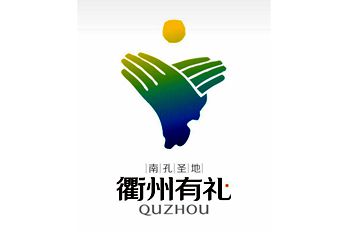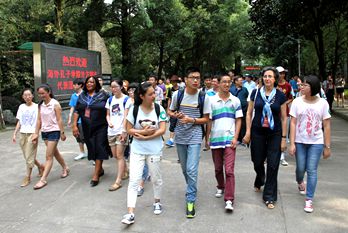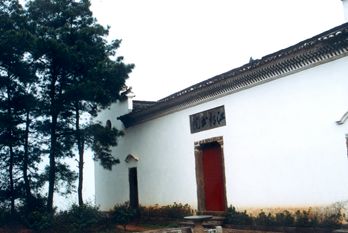Quzhou excels in rural vitalization

A view of the picturesque landscape belt in Quzhou, East China's Zhejiang province. [Photo/WeChat account: quzhoufb]
Quzhou in East China's Zhejiang province has in recent years been exploring ways to push forward rural vitalization and accelerate the modernization of agriculture and rural areas.
Institutional design
Quzhou unveiled a plan in 2019 to develop a 280-kilometer picturesque landscape belt that connects 100 future villages together.
Future villages – new innovative residential clusters that pursue an eco-friendly and digitalized rural lifestyle – are considered as playing a key role in Quzhou's common prosperity drive.
It has also released a series of guidelines regarding the planning, building and operation of future villages in the province.
Developing future villages is the crystallization of integrating resources and exploring a new path toward common prosperity, said Gao Yi, Party chief of Quzhou.
Innovative ways to run businesses
Authorities in Quzhou have been endeavoring to create new ways to run businesses in its rural areas.
For instance, Fengshi village in Jiangshan, a county-level city in Quzhou, has joined 17 other villages to open a sheep farm where Mongolian yurts have been set up and a series of activities such as kite festivals and music festivals have been held regularly.
Another example is the 350,000-mu bamboo forest in Longyou county's Xikou town that now provides jobs for more than 100 bamboo weavers.
Authorities hosted a music festival in the bamboo forest in July that received more than 40,000 tourists and generated sales revenue of over two million yuan ($276,847).
Xu Lishui, vice mayor of Quzhou, said that integrating the resources of nearby villages is a new way to bolster the collective economy and realize common prosperity.
Coordinated governance
Authorities have been furthering coordinated governance among villages and have formed 15-minute living circles for local residents.

 City brand logo - fist-and-palm salute
City brand logo - fist-and-palm salute Confucianism on campus
Confucianism on campus The culture of the academy
The culture of the academy